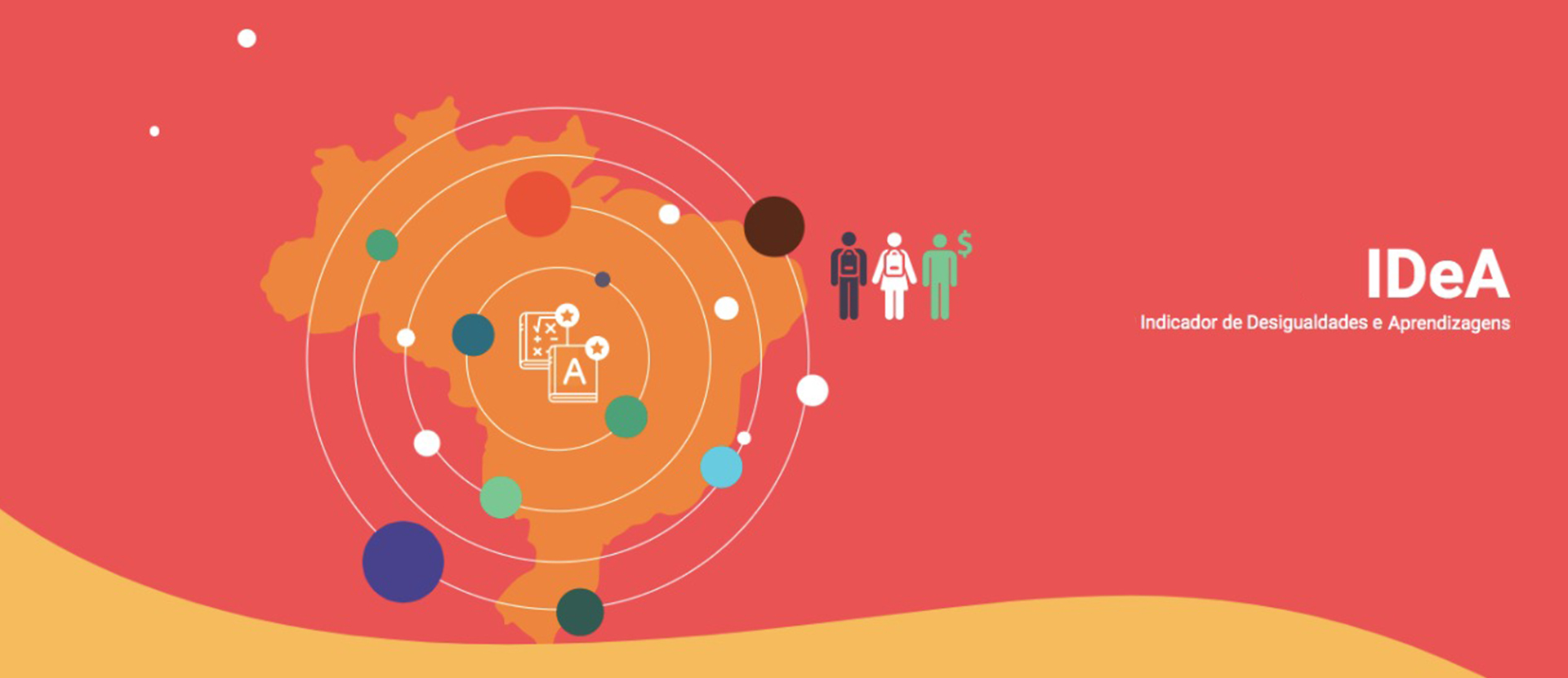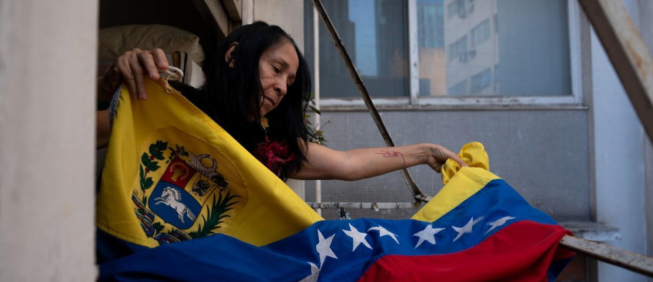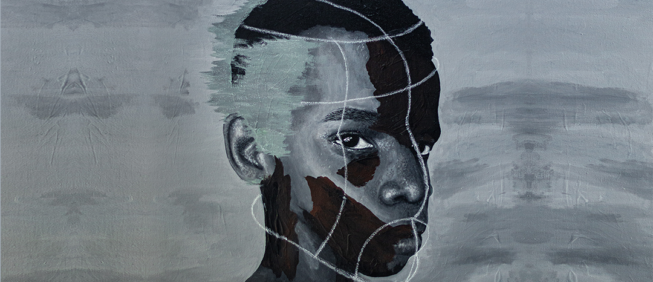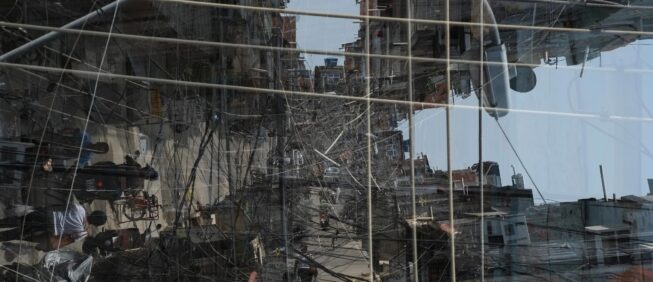IDeA: the inequality and learning indicator
Mauricio Ernica
Maria Alice Setubal
| Brazil |
21 de December de 2019
translated by Edmund Ruge
> > > IDeA - Indicador de Desigualdades e Aprendizagens
The defense of the right to education requires educational indicators to ensure its realization. With such indicators, it is possible to both produce precise descriptions and explanations of our educational reality, identifying advancements and challenges, as well as formulate appropriate public policies. The construction of these indicators, meanwhile, depends on the definition of the right to education and the desired reality.
The Brazilian Federal Constitution of 1988 defines education as a universal right. As such, we consider the right to education to be effectively attended to if, and only if, at the appropriate age, each person: a) has access to school enrollment; b) remains enrolled and fulfills a regular school trajectory throughout basic obligatory schooling; and c) acquires, at the end of basic education, the necessary learning to participate in the social activities that require the knowledge taught in school.
Existing indicators in Brazil allow us to see that, since re-democratization, the country has begun to successfully address the challenge of ensuring the right to education, having attained advances that should be celebrated. Despite this, with the expansion of educational opportunities, these challenges have transformed and have now taken on new forms. New instruments, adjusted for contemporary challenges, are thus necessary to verify that the right to education is being guaranteed.
The IDeA addresses learning. It is based on the premise that, in a just education system, all social groups should have equal access to quality learning: that is, all social groups, equitably, should reach minimum levels of learning and, furthermore, should possess the same chances for some members of each social group to reach the highest levels of proficiency.
In 1980, around 85% of Brazilian children were enrolled in first grade. However, the non-passing rates practiced in Brazilian schools at the time were extremely high: around 40% for first grade, falling to approximately 25% by fourth grade, and then rising again to approximately 45% for fifth grade and falling again to 25% in eighth grade.
One of the results produced by such selectivity was that, in 1980, less than half of the population between 12 and 15 years old concluded the first four years of study, and only 25% of adolescents between 16 and 18 finished the first eight years.
We had, therefore, a teaching system that allowed for the progression of the few, concentrating students in initial grade levels and producing high drop-out rates. Those few that had access to higher levels of basic education and tertiary education belonged, in their majority, to middle and upper urban classes.
Following the ratification of the 1988 constitution and the 1996 Law of Directives and Bases of Education (LDB), the country successfully confronted the problems of access to and permanence in basic education. Since then, the challenges related to grade completion and basic scholarity have shifted to the final years of primary school and secondary school. In 2010, access to first grade was practically universal, with some 90% of adolescents between 12 and 15 years old concluding the first four years of school and nearly 70% of the population between 16 and 18 having concluded the first eight years.
Beyond confronting the challenges of access and progression, beginning in 1990, the country took on another fundamental challenge in order to assure the right to education: it placed the quality of learning at the center of the educational agenda. From the 2000s onward, with the Prova Brasil and the Development in Basic Education Index (IDEB), we set ambitious learning goals and set our sights on reducing the distance separating us from OECD countries.
Since then, the quality of learning has improved expressively in the initial grades of primary school. Advancements in the final grades of primary school have been less expressive, however, and in high school, there has been little to no progress. In fact, between 2007 and 2015, the average score on the Portuguese language section of the Prova Brasil increased around 30 points for students in fifth grade. This result should be celebrated, as 20 points corresponds approximately to the learning anticipated for one year of schooling.
This scenario, which demonstrates the expansion of educational opportunities in the country, is well known but incomplete. An analysis of the fulfillment of the right to education, beyond observing general results, should also undertake a more specific line of inquiry: given the expansion of educational opportunities, do members of different social groups have the same chance to take advantage of these opportunities, ensuring their right to education? In other words, are individuals from different social groups having their rights guaranteed, at the appropriate age levels, to a) access to school enrollment, b) the conclusion of basic education, and c) learning the necessary content for participating in social activities that require said content?
The answer to this question is no: alongside the expansion of educational opportunities, new forms of inequality have been produced. In terms of the conclusion of school stages, upper classes have gained increasingly high levels of education, concluding basic education more frequently, as students from lower social classes have remained the group most exposed to the risk of enjoying shorter educational careers and not concluding primary school, much less concluding high school.
On the other hand, when we analyze learning, we see that the increase in average results masks a trend of growing inequality in learning between social groups. The positive evolution of the average was produced by a greater progression in the results attained by groups in advantageous positions in public schools — white, and of greater socio-economic status — who increased their advantage over black students and students of lower socio-economic status, respectively. For example, between 2007 and 2015, while the average results for the Reading portion of the test for fifth-grade students improved by 30 points, the inequality between the performance of white girls of higher socio-economic status and black boys of lower socio-economic status jumped from 44 to 59 points.
As important as it is to recognize the importance of existing educational indicators, especially the IDEB, the national educational debate must also recognize that indicators based on averages are insufficient for observing inequalities in the fulfillment of the right to education.
As important as it is to recognize the importance of existing educational indicators, especially the IDEB, the national educational debate must also recognize that indicators based on averages are insufficient for observing inequalities in the fulfillment of the right to education
With this challenge in mind, a group of researchers led by professor José Francisco Soares (Federal University of Minas Gerais, UFMG), with support from the Fundação Tide Setubal, developed the Inequality and Learning Indicator (IDeA), available at www.portalidea.org.br.
In creating this new indicator, the research team wishes to add it to existing measurements. The task of verifying the right to education requires a combination of indicators that address its different dimensions.
The IDeA addresses learning. It is based on the premise that, in a just education system, all social groups should have equal access to quality learning: that is, all social groups, equitably, should reach minimum levels of learning and, furthermore, should possess the same chances for some members of each social group to reach the highest levels of proficiency.
As Bobbio (1993) writes, equality and inequality are relations. In order to analyze them it is necessary to define who is equal and unequal and in relation to what. Therefore, to analyze if inequality in learning exists in a given reality, it is necessary to define the unit of analysis: inequality between whom?
The IDeA uses groups of students as its unit of analysis. Educational inequalities are the differences between distributions of educational results among students defined by three attributes traditionally considered in addressing these inequalities: socio-economic status, race, and gender.
The IDeA uses groups of students as its unit of analysis. Educational inequalities are the differences between distributions of educational results among students defined by three attributes traditionally considered in addressing these inequalities: socio-economic status, race, and gender
Differences in learning between the distribution of groups of students defined by these social attributes are unacceptable and should be considered priority issues for public policy, as they indicate that belonging to a given social group influences the chance of that group of individuals learning more or less: that is, it changes the chance of their right to education being attended to or not.
Between individuals, there can be, under certain conditions, differences in learning that are acceptable for public policies. We highlight two conditions here: the first is that differences should come about only within the group, and not between groups; the second is that having individuals with higher learning results is acceptable if, aside from being found with the same frequency across all groups, it is also universalized to a minimum level of learning that allows individuals with lower performance to participate in the social life activities that demand relevant school-taught content.
The IDeA was calculated for each Brazilian municipality, for fifth grade as well as for ninth grade, based on the results of the Prova Brasil between 2007 and 2015. It measures, at the same time, two dimensions, indicating two situations that must be assured simultaneously so that the right to quality education is ensured.
The first dimension is a measure of learning quality: the level of learning of the student cohort of the municipality in Reading and Mathematics, from fifth to ninth grade. The level of learning was calculated based on the difference between the distribution of learning of the cohort of students in each municipality observed and a reference distribution, assumed to be the pattern desirable for the country at the moment. This reference distribution was constructed based on converting the Prova Brasil scale to a typical PISA score for an OECD country.
The second dimension is formed of measures of inequalities in learning between groups of students within the interior of each municipality in each of these disciplines in each year of school. For both Reading and Mathematics, for fifth grade and ninth grade, three measures of inequality are measured, focusing on the distances between the distributions of learning between groups defined by socio-economic status, race, and gender. These measures compare the distributions of results among students of lower and higher socio-economic status, with racial self-declarations as white or black, and boys or girls.
In this way, as a whole, for each Brazilian municipality, the IDeA calculated 12 pairs of indicators, observing levels of learning and inequality. Ideally, it is hoped that the municipalities attain a high level of learning in both disciplines, in both school years, and equality between groups of students defined by their socio-economic status, race, and gender.
When we observe the results of the selection of Brazilian municipalities, we see consistent trends.
The first trend is that Brazil attains equitable learning in Reading and Math among groups defined by socio-economic status and race at a much greater level in municipalities with lower levels of learning than in those with higher levels of learning. That is, equity between socio-economic groups and racial groups is more frequent when all learn little, being that, when there is a greater level of learning, equity between them is rare and inequalities are frequent, favoring students with greater socio-economic status and white students.
The first trend is that Brazil attains equitable learning in Reading and Math among groups defined by socio-economic status and race at a much greater level in municipalities with lower levels of learning than in those with higher levels of learning. That is, equity between socio-economic groups and racial groups is more frequent when all learn little, being that, when there is a greater level of learning, equity between them is rare and inequalities are frequent, favoring students with greater socio-economic status and white students
This can be seen in the results for Reading for fifth grade. We found 1536 municipalities with low and mid-to-low learning levels. Of these 728 (47%) are in an equitable situation in regard to socio-economic groups, and 990 (64%) are in an equitable situation in regard to racial groups. On the other hand, we found 1083 municipalities with high levels of learning. Of these only 20 (1.8%) had equity among socio-economic groups, and 83 (7.7%) had equity among racial groups.
The second major trend is that the inequalities by gender follow a specific pattern. In fifth grade, there are many more municipalities with gender equity in Mathematics than in reading, being that a percentage of these municipalities varies little through these learning levels. In Mathematics, among unequal municipalities, boys held an advantage in 62% of municipalities versus 38% for girls. In Reading, on the other hand, in practically 100% of unequal municipalities, girls had an advantage over boys.
When observing specific municipalities, the IDeA permits us to see, in detail, their advances and their challenges. All municipalities have challenges, even those few that were able to advance more in guaranteeing a high level of learning and equity between certain groups. This is because no municipality was capable of ensuring, simultaneously, in both fifth and ninth grade, a high level of learning in Reading and Mathematics as well as equity between socio-economic levels, race, and gender.
On building the IDeA, we recognize and celebrate the many advances that the country has produced in guaranteeing the right to education since re-democratization. Brazil has taken on important challenges, and now it is time to take on one more: quality education should be for all, without exception. We will only have, effectively, quality education when, beyond assuring access to school enrollment and regular school trajectories, we guarantee that all social groups have equal access to quality learning, without any group being exposed to the risk of low levels of learning.
ALVES, Maria Teresa Gonzaga; SOARES, José Francisco; XAVIER, Flávia. Desigualdades educacionais no ensino fundamental de 2005 a 2013: hiato entre grupos sociais. Revista Brasileira de Sociologia, vol 04, n. 07, jan-jun, 2016.
BOBBIO, N. Igualdad y libertad. Barcelona: Ed. Paidós Ibérica, 1993.
BRITO, Murillo Marschner Alves de. Novas tendências ou velhas persistências? Modernização e expansão educacional no Brasil. Cadernos de Pesquisa, vol 47, n. 163, p. 224-263, jan-mar 2017.
FERNANDES, R. Índice de Desenvolvimento da Educação Básica (Ideb). Brasília : Instituto Nacional de Estudos e Pesquisas Educacionais Anísio Teixeira, 2007. Textos para Discussão n. 16. 26 p.
KLEIN, Ruben; RIBEIRO, Sergio da Costa. A pedagogia da repetência ao longo das décadas. Ensaio: Avaliações e Políticas Públicas em Educação, Rio de Janeiro, v. 3, n. 20, p. 55-61, jul./set. 1998.
RIBEIRO, Carlos Antonio Costa; CENEVIVA, Ricardo; BRITO, Murillo Marschner Alves de. Estratificação educacional entre jovens no Brasil: 1960 a 2010. In: Arretche, Marta (Org.). Trajetórias das desigualdades: como o Brasil mudou nos últimos cinquenta anos. São Paulo: Centro de Estudos da Metrópole e Ed. Unesp, 2015.
SOARES, José Francisco; ERNICA, Mauricio; RODRIGUES, Erica Castilho. IDeA – Indicador de Desigualdades e Aprendizagens – Nota Técnica. São Paulo: 2018. Disponível em: www.portalidea.org.br

Mauricio Ernica | Brazil |
Mauricio Ernica is a professor at the University of Campinas School of Education and an advisor for the Fundação Tide Setubal
ernica@unicamp.br
Maria Alice Setubal | Brazil |
Maria Alice Setubal is president of the board of trustees of the Fundação Tide Setubal








